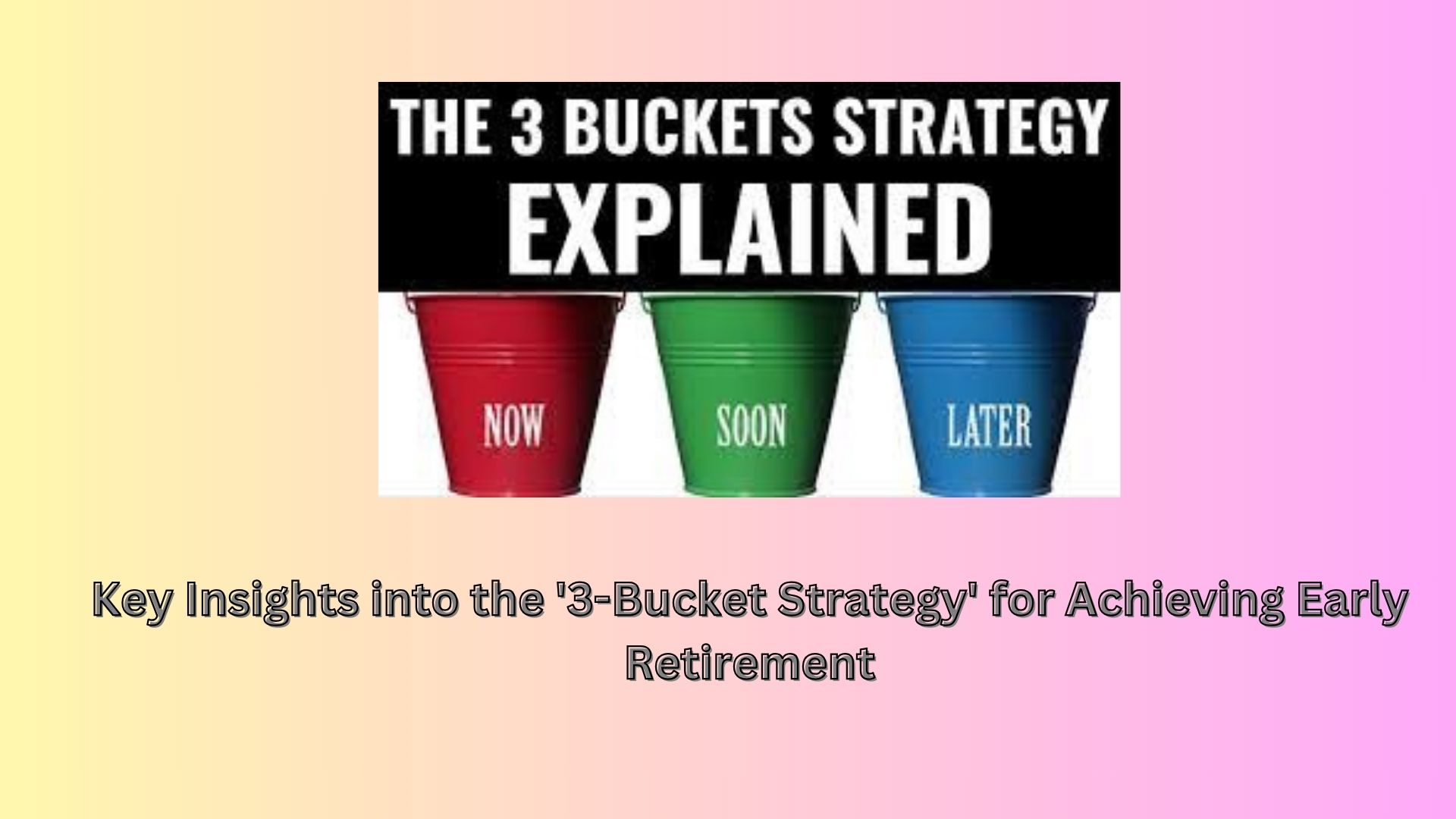
Purchasing a car, owning a home, saving for your children’s higher education and marriage, and going on a foreign vacation – these are some of the common financial goals that many people aim for, right?
However, nowadays, millennials and Gen Z individuals are rapidly adding another goal to their financial ambitions: early retirement.
The Importance of a Retirement Fund
While retirement is a crucial life goal, it often takes a backseat as people work towards other financial objectives. Achieving early retirement can seem even more challenging.
It’s important to note that while you can secure loans for various life goals, such as buying a home, a car, traveling, or funding your education, there are no loans available to build your retirement nest egg.
At its core, retirement planning involves estimating your post-retirement expenses, accumulating a sufficient corpus, and investing it in a way that not only covers those expenses but also ensures your retirement funds last throughout your expected lifespan.
But before you start feeling overwhelmed about your retirement prospects, what if we told you that there’s a three-bucket strategy that can alleviate your concerns about your retirement nest egg and help you enjoy a financially comfortable retired life? Let’s delve into the details of this strategy.
How the Three-Bucket Strategy Operates
This strategy promotes the allocation of your retirement savings into three distinct “buckets,” each earmarked for different withdrawal timeframes. The first bucket, designed to cover the initial years of retirement (approximately 3-5 years), primarily invests in safer instruments like short-term debt securities.
The second bucket, intended for the mid-term (about 10-12 years), can involve a blend of medium-term debt securities and equities.
The third bucket, from which withdrawals occur after 15 years or more, can be heavily invested in equities. This approach aims to balance market volatility and spread out the availability of your retirement corpus over a more extended period.
- Short-term/Cash/Liquidity Bucket
- Objective: To cover daily expenses, handle emergencies, and manage major short-term expenses (2-3 years).
- Asset Types: Cash, funds in savings accounts, short-term fixed deposits, debt funds (liquid/ultra short term/short term), and short-term bonds.
- Recommended Corpus: Maintain 2 to 4 years’ worth of expenses in this bucket.
- Return Expectations: Prioritize liquidity; don’t focus excessively on returns.
- Medium-term/Safety Bucket
- Objective: Generate cash flow to prolong the longevity of your liquidity bucket. In case of a prolonged bear market, this bucket helps avoid selling long-term assets.
- Asset Types: Long-term bonds, debt funds (long term/GILT), Real Estate Investment Trusts (REITs), balanced funds, and dividend-paying stocks.
- Recommended Corpus: Aim for 4 to 6 years’ worth of expenses in this bucket.
- Return Expectations: According to MoneyControl, returns should match inflation. If you retire in 2025 with annual expenses of Rs 10 lakh, adding Rs 50 lakh to this bucket, ensure that the assets grow sufficiently to cover any five-year period during your retirement, be it 2030-35 or 2045-50.
- Long-term/Wealth Creation Bucket
- Objective: To build wealth for long-term sustainability and ensure a legacy for the next generation.
- Asset Types: The bulk should be in equities (via mutual funds or direct investments), real estate, and gold. Additionally, include a debt/cash component for seizing opportunities.
- Recommended Corpus: The more, the better. Most experts suggest 20 to 30 times your annual expenses for early retirees.
- Return Expectations: Aim for returns exceeding inflation by a comfortable margin, with a goal to outperform inflation by 4 percent over the long term, although be prepared for a 2 percent margin as well.
How to Maintain and Rebalance the Buckets
After establishing the three buckets, it’s crucial to create rules for refilling and rebalancing them. Withdraw from the cash bucket as you incur expenses. Many individuals replenish the cash bucket every six months by selling assets from the wealth creation bucket, assuming that the markets are performing well.
Also Read
8 Essential Tax-Saving Strategies for Salary Restructuring
However, during market downturns or bear markets, avoid refilling the cash bucket. Bear markets can extend for a considerable duration. In most cases, they last several months, but they could persist for a decade.
The bucket strategy offers protection during such scenarios. It allows you to initially utilize funds from your cash and safety buckets before resorting to selling your equity investments. The key concept that makes this strategy effective is selling equity in small quantities during bull markets when they perform well. In bear markets, you are not compelled to liquidate equity since you have ample cash and bonds in the short and medium-term buckets. This strategy helps secure your retirement funds and ensures financial stability throughout your post-retirement life.

One thought on “Key Insights into the ‘3-Bucket Strategy’ for Achieving Early Retirement”